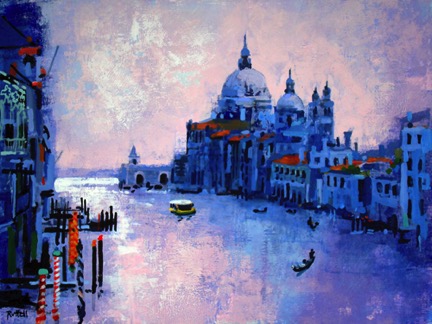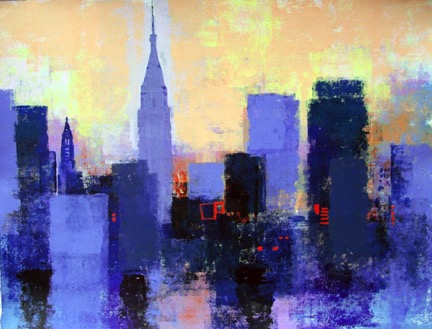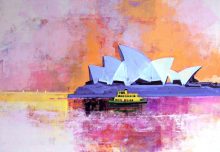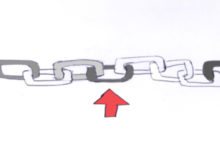7-STEPS TO GET YOUR PICTURES INTO THE BIG SHOPS
Licensing images for John Lewis or Harrods
A very successful international artist once confided with me saying that ..”Licensing images won’t make artists rich but it can make them famous.”
Soon after that I was asked to license some of my images for use by one of the big publishing companies. They said that they wanted my pictures for the John Lewes stores. So I jumped at the chance.
That was ages ago. Did it make me rich? No.
So am I famous? Well not very. But probably a bit better known than if I hadn’t licensed my images to them.
Currently I have several images hanging in big department stores. They are cityscapes showing views of London, New York, Spain, Venice etc. They were chosen by a couple of the big publishing companies who print the images and supply framed pictures to the retailers. So I don’t have to print, sign or number the prints, neither do I have to frame them, sell them, or promote them. That sounds good doesn’t it? Not quite!

VENICE by Colin Ruffell
So this is what happens when you go into licensing.
- The licensor asks the artist to show them some images that are available for licensing. This can be a big issue if you have committed to publish your image as a ‘limited edition’ because there is an understanding that limited editions should not be available as unsigned open editions as well. So you cannot use those images.
- The artist supplies copies of their available images and the publisher produces a mock up product to test their market. The problem here could be that they want to crop the image or alter and enhance it in some other way. The artist has to agree to the changes or just accept that the publisher knows best.
- The publisher proposes the product to their retail outlets and gauges possible sales and likely turnover and profit. This stage can take a very long time.
- The publisher chooses the image from all of their other artist’s images that they have going through the same process. If you are lucky!
- The publisher exhibits the image in a final version to their trade buyers at a trade fair or some other location. Hold your breath!
- The publisher decides to go ahead with the deal and offers the artist a contract. The offered percentage of the trade-selling price will be a pathetic pittance. Live with it.
- You have got to trust that the publisher will sell the product and send the artist quarterly or annual statements showing the results and ask the artist for an invoice so that they can pay you your share. [By this time you have had children and watched them grow into adults.] Sorry. I meant to say … Send them an invoice and wait for the cheque.

NEW YORK by Colin Ruffell
Are there any other issues?
Over the years I have had publishers go bust on me, twice!
They seem to go bust just before they issue the statements as well. Hey ho!
Artists often ask which images are the best ones for sale in the big department stores?
I don’t know! Go and have a look at several big stores and see what they have got on their walls at the moment. But of course it shouldn’t be the same because they already have those!
Oh yes! Why stick to department stores? The publishers also supply chains of furniture retailers and provide framed prints to garden centres here in the UK.
Or, if you are an artist reading this, maybe your art is suitable for crockery, or Tshirts, or dress fabric. I haven’t got into that myself but it works for some.
Licensing also applies to publishers of greetings cards and calendars. Artists should try them. Similar delays apply unfortunately.
Conclusion.
The final framed product is possibly a bit cheaper than a similar image on the artists own website. That is because it is printed in large quantities, and quicker to produce because it is unsigned and un-numbered. It doesn’t have the tested longevity, framing option, investment criteria, or quality control that work by self-publishing artists would provide. But, if people like it, then it might make the artist famous.
If you are an art lover who has bought one of my unsigned prints from John Lewes, Harrods, Macys, or similar retailer, then thanks. Maybe that is how you got to know my work, and why you are reading this blog-post.
If you are a ‘fine art collector’ then maybe a ready framed, store bought, unsigned, un-numbered option is not for you. Of course you can always contact the artist direct. Please do.




